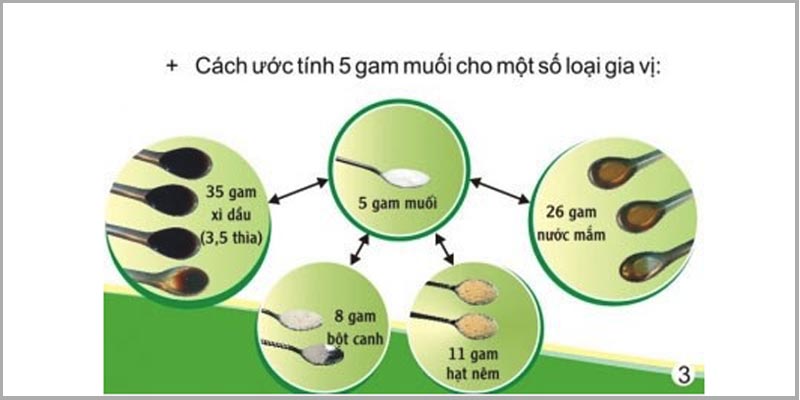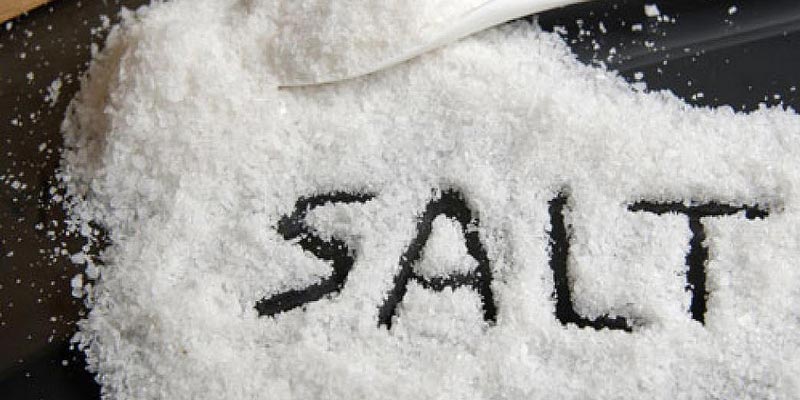## How Much Salt is in Your Daily Diet?

Did you know that the average Vietnamese person consumes more than 5g of salt per day? This is often due to the natural sodium in our diets, as well as the additional salt and seasonings we add during cooking. To reduce the risk of high blood pressure, stomach cancer, and kidney problems, it’s important to cut down on our salt intake.
Naturally occurring salt can be found in many foods. For example, 100g of crab contains 316-453 mg of sodium, while shrimp has 418 mg. Cow’s milk contains 380 mg, and powdered milk has 371 mg. Meat also contains sodium, with chicken at 70mg, pork at 76mg, and beef at 83mg per 100g.

Even our daily bowl of rice can contribute to our salt intake. White rice has 0.01gr of salt, while a bowl of rice with clams can contain up to 1.78 gr. Fried rice typically has 3.34 gr of salt, and a typical office lunch can have as much as 5.15gr. Noodle dishes, such as chicken, eel, or duck mien, provide between 3.6 and 4gr of salt. A bowl of hu tieu, mi quang, or pasta typically has 1.3-3gr of salt, and a bowl of beef pho contains a surprising 4.6 gr of salt.
As you can see, just one bowl of pho in the morning and a typical office lunch can exceed the recommended daily salt intake.
## Reducing Salt When Cooking

On average, one teaspoon (5g) of salt contains 2,000 mg of sodium, which is the recommended daily limit for adults. For infants under one year old, the recommended intake is below 1.5g, and for newborns, it’s below 0.3g per day.
We often get our sodium intake from table salt, seasoning powder, and dipping sauces. Just 8g or 11g of these seasonings, or 25ml of fish sauce, or 35ml of soy sauce, contains the same amount of sodium as 5g of salt. Therefore, it’s important to be mindful of how much salt and seasoning we add during cooking. Excessive salt intake can lead to various health problems.
## Tips to Reduce Salt in Your Cooking

The World Health Organization recommends consuming no more than 5gr of salt per day. To achieve this, try the following tips:
– When preparing meals, reduce the amount of salt, fish sauce, and soy sauce by half.
– Use spicy seasonings or pepper to enhance the flavor of your dishes, allowing you to use less salt.
– Opt for boiled or steamed foods, and avoid adding too much salt to the cooking water for vegetables.
– Choose natural foods over canned or processed options.
By being mindful of the salt content in our food, we can make healthier choices and reduce our sodium intake. This information can help homemakers adjust their daily cooking habits to create healthier meals for their families.
Source: dantri.com.vn




































